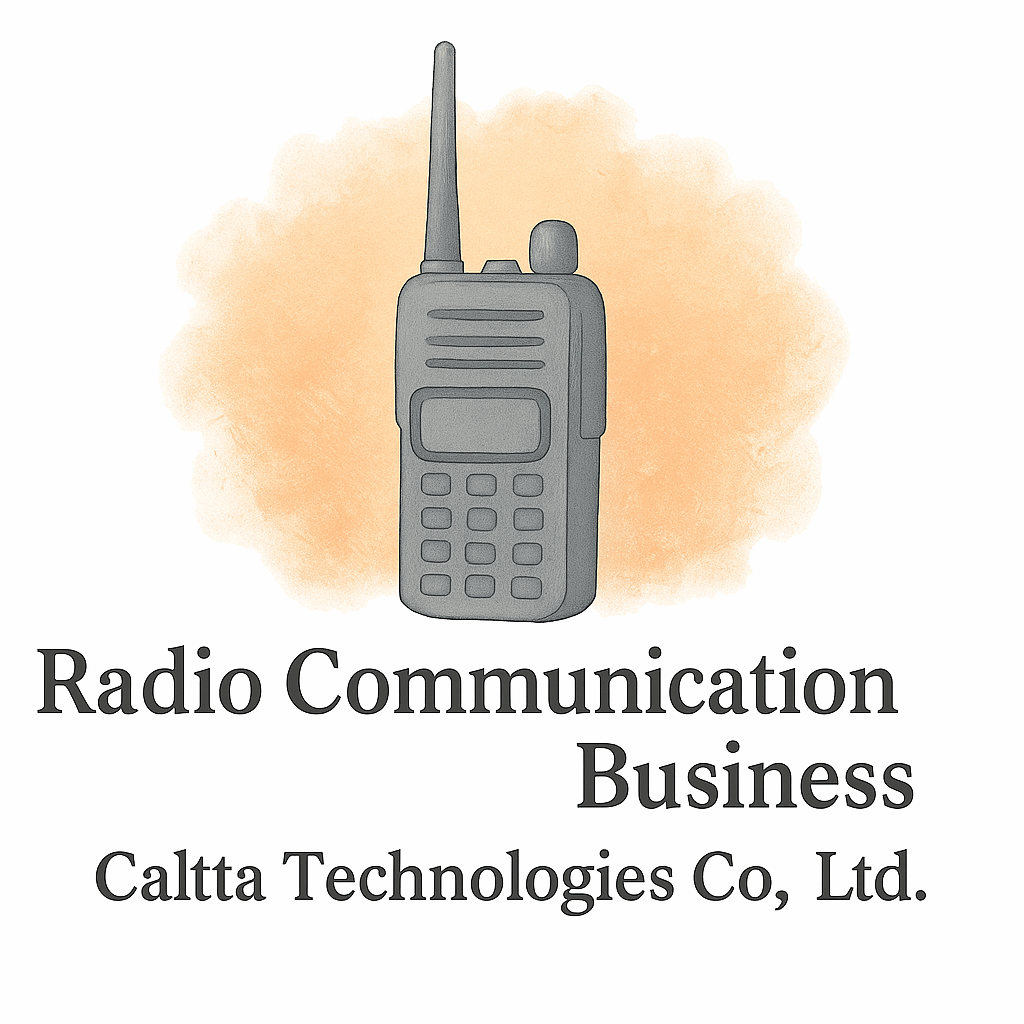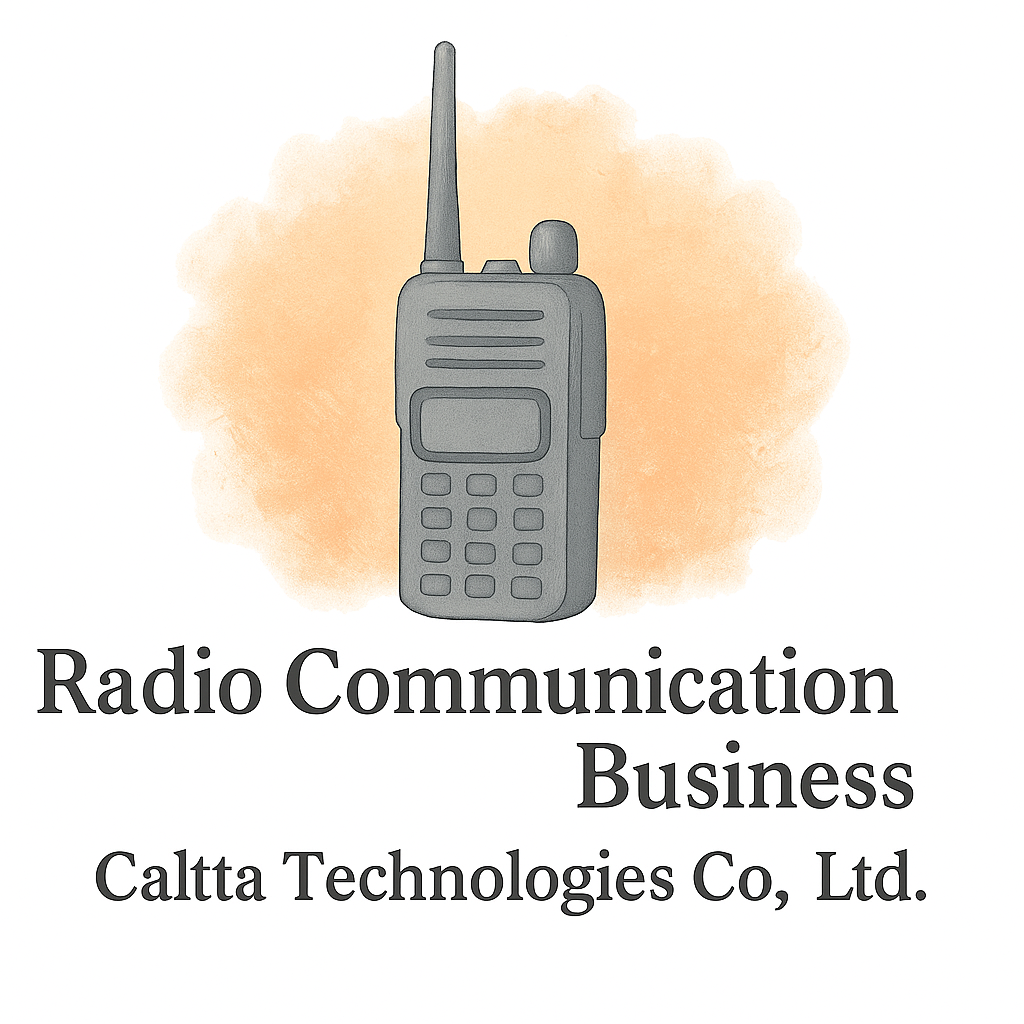Introduction to Radio Communication Security
Radio communication has been around for decades, powering everything from emergency response teams to aviation, maritime, military, and even modern business operations. While it’s reliable and widely used, it also comes with serious security risks. If left unchecked, these vulnerabilities can lead to data breaches, operational disruptions, and even legal trouble.
In this article, we’ll break down the 7 major security risks in radio communication and how to prevent them with practical strategies and tools.
Why Security Risks in Radio Communication Matter
Imagine if your company’s sensitive discussions, emergency transmissions, or mission-critical commands were intercepted by unauthorized parties. Scary, right? Security risks in radio communication don’t just affect privacy—they can compromise safety, business reputation, and compliance with regulations.
Businesses, startups, and organizations must take proactive steps to secure radio systems, especially as technology and threats evolve.
Common Vulnerabilities in Radio Communication
Interception of Signals
Radio waves can be intercepted easily with the right equipment, making your conversations vulnerable.
Unauthorized Access
Hackers or competitors might gain access to your communication channels if not properly secured.
Jamming Attacks
Signal jamming disrupts communication entirely, potentially during critical operations.
Spoofing Threats
Attackers can impersonate legitimate users to manipulate communication.
Replay Attacks
Old transmissions can be recorded and resent to trick systems.
Weak Encryption Practices
Using outdated or poor encryption methods leaves your system exposed.
Insider Threats
Sometimes, the danger comes from within—disgruntled employees or contractors exploiting access.
7 Security Risks in Radio Communication Explained
Risk 1: Signal Interception
How It Happens
Signal interception occurs when attackers use specialized receivers to eavesdrop on communications.
Real-World Examples
Military and corporate espionage cases often involve intercepted radio messages.
How to Prevent Signal Interception
- Use strong encryption protocols
- Employ frequency hopping techniques
- Regularly update communication devices
Risk 2: Unauthorized Access
Common Attack Vectors
Hackers may gain unauthorized entry via default passwords, unprotected channels, or outdated systems.
Prevention Measures
- Implement strict authentication protocols
- Rotate access credentials regularly
- Limit user privileges
Risk 3: Jamming and Interference
The Impact of Jamming
Attackers flood communication channels with noise, disabling signals during emergencies.
Strategies to Prevent Jamming
- Deploy anti-jamming technology
- Use directional antennas
- Train staff for backup communication methods
Risk 4: Spoofing and Impersonation
What is Radio Spoofing?
Spoofing occurs when attackers mimic trusted transmitters to manipulate conversations or commands.
How to Detect and Prevent Spoofing
- Monitor unusual communication patterns
- Verify user identities with digital signatures
- Use secure authentication protocols

Risk 5: Replay Attacks
Replay in Radio Systems
Attackers capture legitimate messages and resend them later to confuse or manipulate operations.
Preventive Solutions
- Implement time-stamping protocols
- Use nonce-based authentication
- Regular system monitoring
Risk 6: Weak or Outdated Encryption
The Dangers of Poor Encryption
Legacy systems often use weak encryption, making them easy targets.
Modern Encryption Best Practices
- Use AES-256 encryption
- Update equipment firmware regularly
- Employ secure key management
Risk 7: Insider Threats
How Insiders Exploit Systems
Employees with access may misuse their privileges for malicious intent.
Prevention Through Monitoring and Training
- Enforce least privilege policies
- Conduct regular audits
- Provide security training
Best Practices for Securing Radio Communication
Implement Strong Encryption
Encryption is the backbone of communication security.
Regular System Audits
Routine checks help identify vulnerabilities before attackers do.
Employee Awareness and Training
Human error is one of the biggest risks—training reduces it.
Use of Frequency Hopping
Shifting frequencies dynamically makes interception harder.
Monitoring and Intrusion Detection
Deploy AI-driven tools to detect unusual activity.
Tools and Technology for Secure Radio Communication
Advanced Equipment and Software
Modern tools offer built-in encryption and intrusion detection. See insights at Equipment & Technology.
Industry Compliance Standards
Following compliance regulations protects you legally and operationally. Learn more at Compliance Resources.
Leveraging Modern Communication Tools
Adopting cloud-integrated secure communication ensures future-proofing.
Business Implications of Ignoring Security Risks
Financial Loss
Data breaches and downtime can cost millions. See tips on Financial Planning.
Legal and Compliance Issues
Failing to secure communication could violate laws, leading to penalties.
Reputation Damage
Once trust is lost, rebuilding brand reputation is costly—more on Marketing & Branding.
Industry Insights and Future Trends
Evolving Threat Landscape
As technology advances, so do hacker techniques. Stay updated with Industry Insights.
Innovations in Secure Communication
Emerging tools like AI and blockchain are enhancing radio communication security.
Predictions for the Future
Expect smarter, more resilient communication systems with automated defenses.
Conclusion
Radio communication is powerful, but it comes with real risks if left unprotected. By addressing the 7 security risks in radio communication and how to prevent them, businesses and organizations can safeguard their operations, protect sensitive data, and stay compliant with industry regulations.
Whether you’re a startup or a large enterprise, prioritizing secure communication isn’t just smart—it’s essential for survival in today’s connected world.
FAQs
1. What is the biggest risk in radio communication today?
Signal interception remains the most common risk, though jamming and spoofing are rapidly growing threats.
2. Can small businesses afford secure radio systems?
Yes, many affordable secure systems and business startup basics resources exist for SMEs.
3. How often should radio communication systems be audited?
At least once every six months, or more frequently for sensitive industries.
4. What is frequency hopping, and how does it help?
It’s a technique where communication shifts between different frequencies, making interception harder.
5. Are encryption updates necessary for older devices?
Absolutely—outdated encryption is one of the biggest vulnerabilities.
6. How can insider threats be reduced?
Through access controls, audits, and employee training programs.
7. Where can I learn more about tools and hacks to secure communication?
Check out Tools & Hacks and Security Tips for practical resources.


